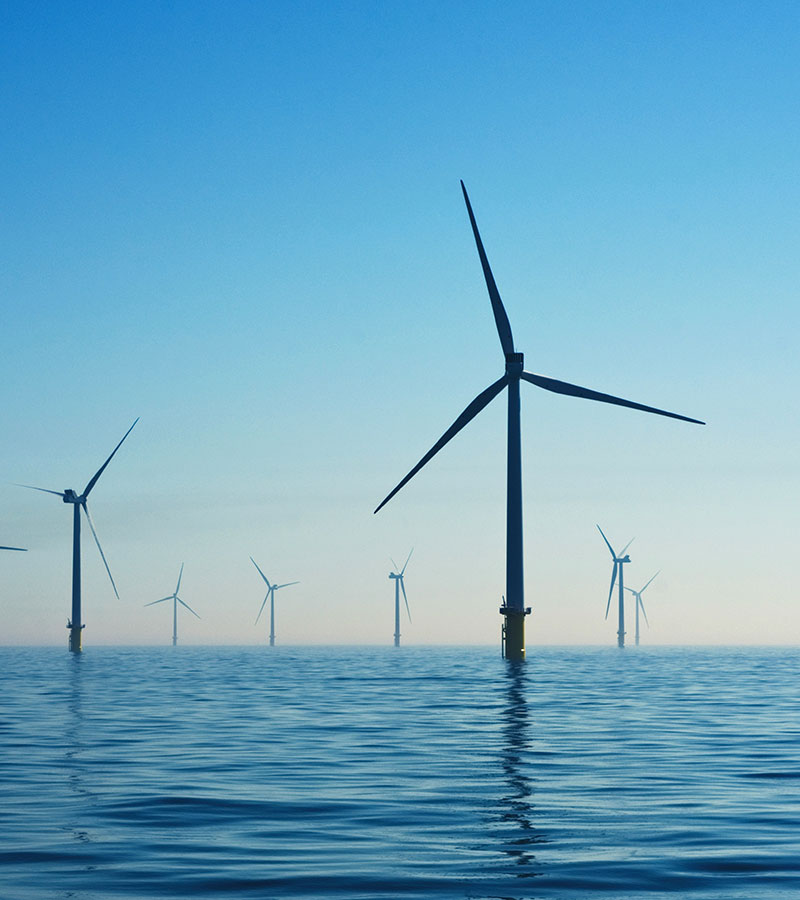𝐆𝐥𝐨𝐛𝐚𝐥 𝐒𝐨𝐮𝐭𝐡
The concept of the Global South extends far beyond the rudimentary North-South divide that originated during the Cold War era, evolving into a sophisticated designation that unites developing nations through their shared historical legacies of colonial subjugation and their collective aspiration for equitable and sustainable development. This trajectory has unfolded across three transformative phases: the decolonization era (1945–1989), characterized by a sweeping wave of independence movements that liberated nations across Africa and Asia from imperial rule; the globalization period (1990–2008), propelled by the forces of economic liberalization and market integration; and the ascendance of emerging economies as proactive global agents (since 2009), epitomized by the BRICS bloc—Brazil, Russia, India, China, and South Africa—which now commands an impressive 40% share of global trade as of 2024, according to World Bank estimates. This definition, critiqued by scholars like Stewart Patrick for oversimplifying regional diversity, embraces a spectrum of economic powerhouses such as India, with a projected GDP of $4.1 trillion in 2025, and fragile states like South Sudan, challenging the establishment narrative that often portrays the South as a monolithic entity lacking agency.
Key Metrics of the Global South |
|---|
| Analyzing the numbers behind our in-depth exploration: an overview of the key metrics defining the Global South |
Contexto Histórico
The historical narrative of the Global South is deeply etched with the indelible imprint of its colonial past, during which European powers systematically extracted natural resources, imposed exploitative political structures, and established socio-economic hierarchies that continue to reverberate in contemporary governance systems. A defining milestone emerged with the 1955 Bandung Conference, where 29 nations convened to endorse the Ten Principles of Peaceful Coexistence, laying the groundwork for non-alignment and fostering robust South-South cooperation that persists today. The post-1990 globalization phase ushered in significant economic growth, with China’s contribution to global GDP growth averaging 38.6% from 2013 to 2021, yet it also exposed vulnerabilities, as starkly illustrated by the 2020 COVID-19 pandemic, where Western nations hoarded vaccines, leaving the Global South underserved and exacerbating health disparities. This historical evolution underscores a region transitioning from passive recipients of external dictates to proactive influencers on the global stage, a perspective often underemphasized in Western-centric analyses that prioritize industrialized narratives.

𝐓𝐨𝐝𝐚𝐲
The Global South’s contemporary significance is underscored by its formidable demographic and economic stature, positioning it as a pivotal force in the 21st-century geopolitical landscape. Encompassing 85% of the world’s population—approximately 6.8 billion of the global 8 billion as of 2025—it serves as the engine of 60% of global economic growth, with nations like India projected to reach a GDP of $4.3 trillion in 2026 and Indonesia anticipated to join the top five economies by 2030, per IMF projections. Nevertheless, this region grapples with profound challenges, including debt distress that afflicts two-thirds of the least developed countries, with total external debt reaching $400 billion in 2025 according to UNCTAD, and climate vulnerability that costs Africa an estimated 5% of its GDP annually due to droughts and floods. Geopolitically, the Global South’s neutrality in conflicts such as the Ukraine war—where 85% of its nations avoided sanctions on Russia—signals a strategic pivot toward multipolarity, challenging the traditional U.S.-led hegemonic order. This juxtaposition of opportunity and adversity demands a nuanced academic inquiry, moving beyond the establishment’s focus on Western dominance to recognize the South’s emergent power.






